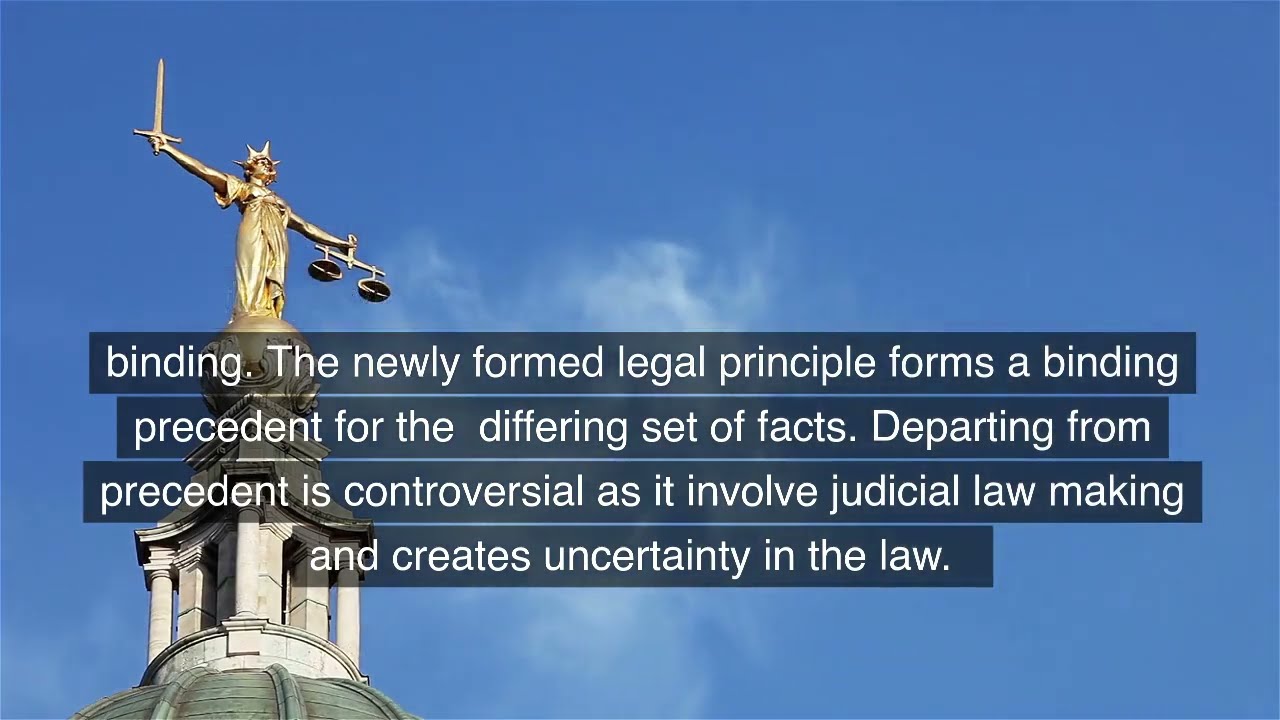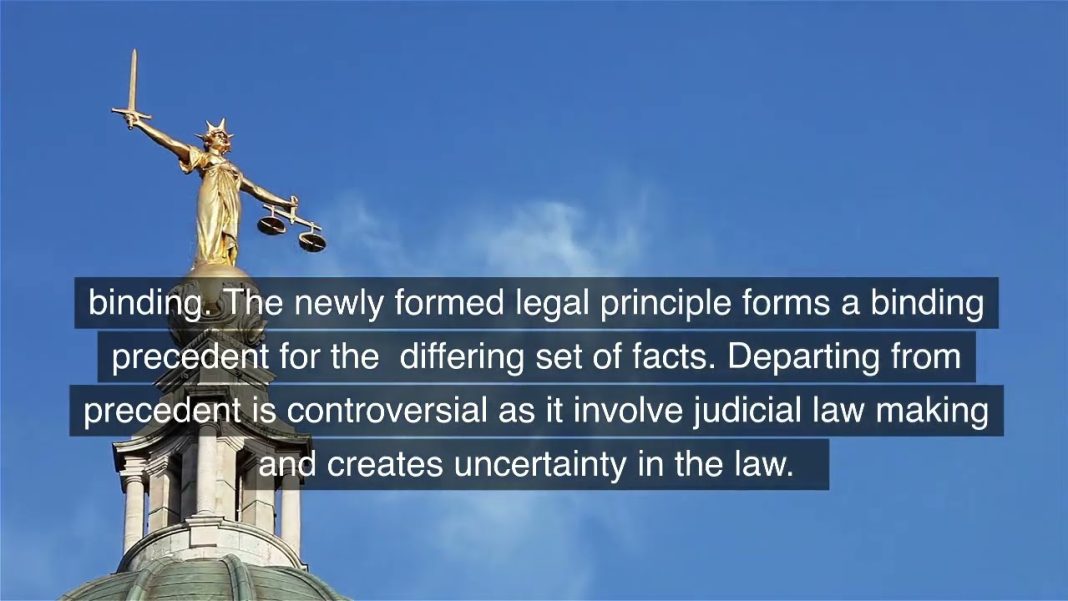 Title: Indigenous Sacred Site Damage: Legal Precedent Set for Accountability and Protection
Title: Indigenous Sacred Site Damage: Legal Precedent Set for Accountability and Protection
Introduction:
A recent case involving damage to a sacred Indigenous site in the Northern Territory has resulted in a landmark decision that could shape the future protection of such sites. This article explores the legal proceedings, the High Court’s ruling, and the significance of sacred sites in Aboriginal tradition.
Protecting Sacred Sites: A Landmark Decision:
Recently, federal authorities faced a lawsuit for damaging an Indigenous sacred site in the Northern Territory. The case revolved around the construction of a walkway near Gunlom Falls in Kakadu National Park, a location famously featured in the movie “Crocodile Dundee.” While Parks Australia apologized and agreed to redirect the track away from the sacred site, the Aboriginal Areas Protection Authority sought criminal accountability.
In 2020, charges were filed against the National Parks director, but the NT Supreme Court ruled that the work was not properly authorized under the Sacred Sites Act. Parks Australia argued that, as a Commonwealth entity, it was protected from legal responsibility under Territory law. However, the Aboriginal Areas Protection Authority appealed this decision.
In a significant ruling, the High Court found that while government entities couldn’t be held criminally liable, officers could be held responsible. The Director of National Parks, as a body corporate under the Environment Protection and Biodiversity Conservation Act, was deemed liable under the Sacred Sites Act. This decision establishes that no entity is above the law, including governments.
The Significance of Sacred Sites:
Sacred sites hold deep cultural and spiritual significance in Aboriginal tradition. These locations are associated with ancestral beings whose journeys shaped the physical and social world of Indigenous people. The stories, songs, and dances tied to these sites are passed down through generations, connecting different Aboriginal groups across the Northern Territory and Australia.
Aboriginal custodians are responsible for managing and protecting sacred sites according to traditional practices. The Aboriginal Areas Protection Authority plays a crucial role in overseeing the protection of sacred sites, maintaining records, issuing Authority Certificates, and investigating and prosecuting damage done to these sites.
Understanding Sacred Sites Protection:
The Authority works closely with Aboriginal custodians to ensure their rights and roles are respected and codified through kinship and land relationships. When a development is proposed, the Authority consults with custodians to provide them with comprehensive information about the project. Authority Certificates are then issued, outlining the conditions for work around sacred sites.
It is important to note that the existence of a sacred site does not automatically prohibit entry or work near the site. Many of the Northern Territory’s natural tourist attractions are also sacred sites that custodians welcome visitors to explore. The balance between preservation and responsible access is achieved through collaboration and respect for tradition.
Conclusion:
The recent legal decision regarding the damage to a sacred Indigenous site establishes a precedent for accountability and protection. While government entities may be exempt from criminal liability, officers can be found responsible. This ruling highlights the significance of sacred sites in Aboriginal tradition and emphasizes the role of Aboriginal custodians and the Aboriginal Areas Protection Authority in safeguarding these sites. By engaging in meaningful consultations and issuing clear guidelines, sacred sites can be preserved while allowing visitors to appreciate their cultural and natural value.


